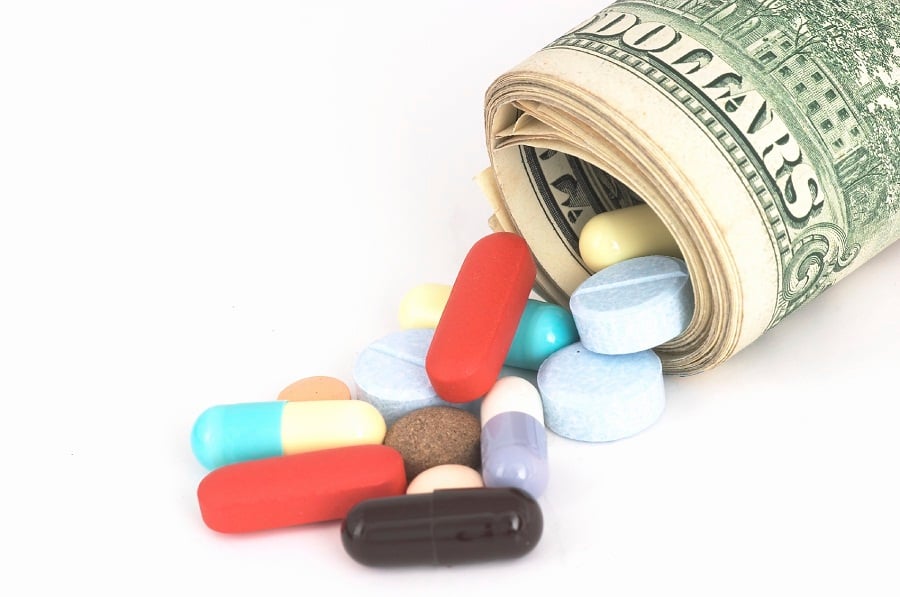America doesn't run on Dunkin', it runs on drugs. Just look at the best-performing exchange-traded funds of the past decade.
Topping them all, in any sector, industry, or country, is the PowerShares Dynamic Pharmaceuticals Portfolio (PJP), up 420% over the past 10 years. A pair of biotech ETFs are a distant second and third. Here are the leading ETFs, their 10-year returns, and their total assets in millions of dollars.
http://www.investmentnews.com/wp-content/uploads/assets/graphics src="/wp-content/uploads2015/09/CI101646923.JPG"
PJP led a blitz of the top 10 list by health-care-related ETFs. Only a couple of years ago, this list was dominated by emerging-markets ETFs, which have since fallen on hard times.
(More: New ETFs make slicing up the S&P by sector easier)
PJP tracks an industry with seemingly endless demand from an aging population looking to live forever. What gave it the edge over its biotech peers is that it is concentrated in only 30 companies. ETFs with such a small number of holdings tend to do really well — or really poorly.
The way the smart-beta ETF weights the stocks in its portfolio also helped PJP get the most juice out of mergers and acquisitions activity in the pharma industry. Unlike a typical market-cap-weighted ETF, PJP selects and weights stocks according to a bunch of fundamental and risk factors. This turns up some mid- and small-cap companies, which are more likely M&A targets. It then gives each of its 30 stocks a roughly a 2% to 5% weighting. In a market-weighted fund, great performance from smaller stocks wouldn't have much of an impact; they'd be overshadowed by the large-cap stocks in the portfolio.
(More: Smart-beta upstart goes after the big boys wielding lower fees as a weapon)
The table below shows holdings that contributed the most to PJP's performance. The orange column of numbers shows the weighting of the stocks. The next column, with the heading CTR, shows how much that stock contributed to total return.
http://www.investmentnews.com/wp-content/uploads/assets/graphics src="/wp-content/uploads2015/09/CI101652923.JPG"
The ETF's 3% stake in $112.5 billion Allergan, for example, contributed 16% of overall return. A 2.3% holding in Salix Pharmaceuticals, meanwhile, which had about a $7 billion market cap when it was acquired, contributed 19.2% to overall return.
Whether PJP can continue to outperform — and the pharma industry maintain its strength — is anyone's guess. Details of Hillary Clinton's drug plan have roiled the sector recently. One thing PJP does show is what can happen when a smart-beta strategy meets an industry rife with M&A.







